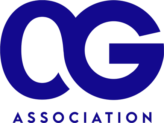Zerospec saves costs and improves fuel delivery efficiency with ENEOS and ENEOS Service Station Dealers with smart oil sensors powered by Sigfox 0G Network operated by KYOCERA Communication Systems Co., Ltd.
Winter in Japan is beautiful. And cold. Kerosene is a popular fuel for residential heating because it has a low gel point (-40F/-40C), ideal for storage in cold temperatures. It’s estimated there are over ten million kerosene tanks in homes and apartments across Japan’s four main islands that hold hundreds of litres of fuel.
Challenges
ENEOS and ENEOS Service Station (SS) Dealers needed a method to measure levels of kerosene in tanks at Japanese homes quickly, accurately, and cost-effectively to improve delivery services and assure profitable supply.
Solution
Zerospec partnered with KYOCERA Communication Systems Co., Ltd. to design and deploy Internet-of-Things enabled (IoT) smart oil sensors inside tank caps, connected to Sigfox 0G Network, to regularly monitor and communicate fuel levels with laser technology.
Results
Zerospec’s smart oil sensors let ENEOS SS Dealers automate the measurement of fuel tank levels and:
- Improve delivery efficiency
- Ensure a profitable fuel supply
- Achieve cost savings
- Create positive customer experiences
- Deliver new value-added services
0G IoT Solution Provider

KYOCERA Communication Systems Co., Ltd. (KCCS) is a subsidiary of KYOCERA Corporation and a provider of ICT, telecommunications engineering, environment and energy engineering and management consulting services.
Solution Partner
Zerospec is committed to using technology-based solutions and data to help organisations and people make better decisions and solve commercial and societal problems.
Customer
![]()
SERVICE STATION (SS) DEALERS
ENEOS Group is taking on the challenge of achieving both a stable supply of energy and materials and the realization of a carbon-neutral society. By taking the lead in Japan’s energy transition, the ENEOS Group will contribute to the development of a decarbonized, recycling-oriented society.
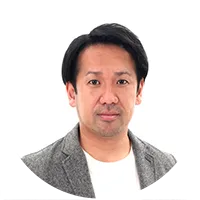
For energy providers, measuring residential fuel tank levels is a daily operational challenge. Traditional measurement methods are manual
and require a field team on-site at every home to either read the tank’s gauge, where one exists or manually remove the tank cap and insert a dipstick to collect a visual reading.Snow covers Japanese kerosene tanks for many months each year, customers aren’t always ready to give access to properties, and hiring employees in the tight labour market is difficult. Even when manual meter reading is successful, it is a slow, error-prone process.
Mitsuro Tada, CEO of Zerospec
ENEOS Group is a major Japanese energy provider and the country’s largest oil company. Historically, ENEOS SS Dealers manually collected tank-level data monthly. To avoid customers running out of fuel, the SS Dealers scheduled regular deliveries of fixed quantities of kerosene. Customers also proactively place fuel orders with the SS Dealers or purchase kerosene at local service stations. Due to limited visibility to tank levels, scheduled refills were sometimes too small to justify the cost of the truck and labour, while other refills were so large that extra deliveries were required.
Intermittent visibility to tank levels and ongoing inefficiency of kerosene deliveries cost ENEOS SS Dealers time, money, and customer satisfaction and prevented the dealers from planning profitable fuel supplies across its distribution network.
The business case for Zerospec smart oil sensors to transform ENEOS SS Dealer’s residential fuel tank measurement and delivery challenges
Tada understands the commercial value hiding in data. Understanding the customers’ challenges with fuel delivery inspired Tada to streamline operational efficiency for fuel providers.
The idea was simple: create a low-cost technology-based solution to remotely monitor and share kerosene levels inside fuel tanks with energy providers at centralised locations. IoT monitoring was attractive, but the business case was challenged by how to cost- effectively connect IoT devices to a reliable network.
Tada says, “Using the IoT to solve this use case was compelling. However, traditional network connectivity options were expensive and signal coverage was disrupted by mountainous terrain, tall buildings in cityscapes, and the indoor and underground environments, such as warehouses or basements, that usually house kerosene tanks.”
In 2017, Tada partnered with KCCS to create a smart oil monitoring solution and discovered the 0G Network, powered by Sigfox 0G technology. The 0G Network is a global low-power, long-range network enabling low-cost, low-energy device connectivity for Massive IoT.
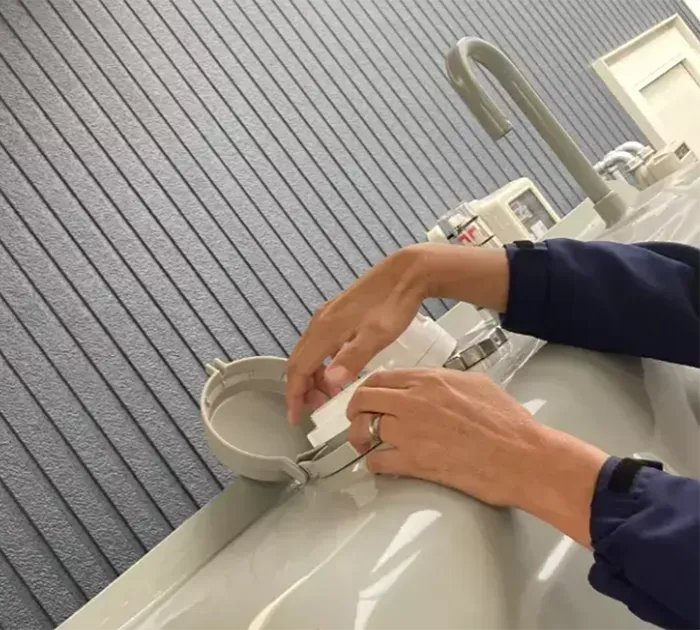
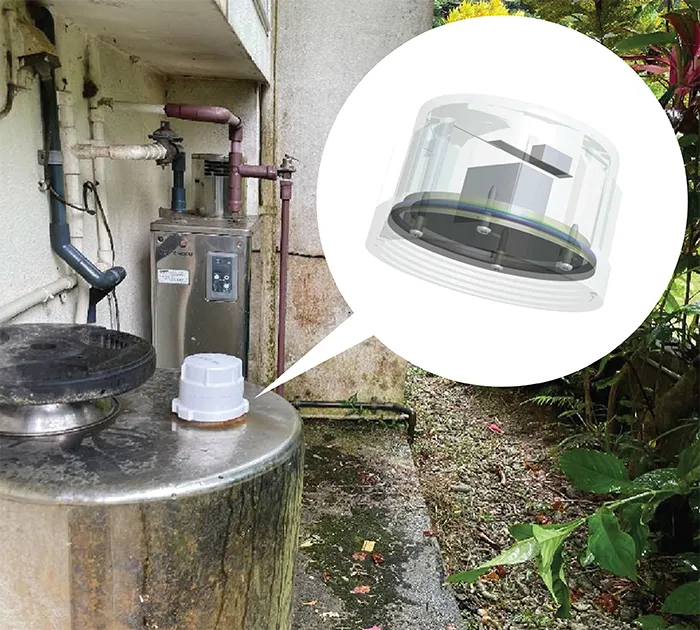
0G Network reliability and cost-effectiveness assure the viability of Zerospec’s solution
The partnership with KCCS led to the design and development of Zerospec smart oil sensors. Each sensor is powered by a long-life battery lasting up to five years, attached to the inside of a tank cap. A tiny laser in the cap projects into the tank to remotely monitor the fuel level. The location of the sensor ensures the solution is resistant to weather conditions.
1.
Attach the sensor to the tank fuel filler port
Easy installation can be done within 5 seconds!
No construction required.
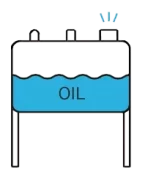
2.
The sensor measures the remaining amount of kerosene
Measures tank level 8 times a day and send data over the 0G network twice a day.
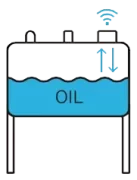
3.
Check the tank level from your computer or tablet via the GoNOW platform
The GoNOW dashboard automatically changes colour to indicate tank replenishment when the set threshold exceeded.
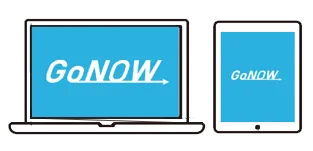
4.
Timely delivery
Being able to access the tank level data easily allows the delivery & refueling of the tank to be done in time.
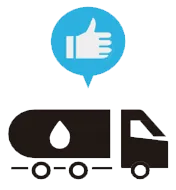
Connecting the sensor to the 0G Network is instant, allowing the capture and sharing of tank level data to the cloud, which routes the information to a platform called GoNOW, a centralised visual dashboard accessed by energy providers.
Zerospec measures tank levels hourly for eight hours daily and sends the data over the 0G Network twice a day. Zerospec lets the energy providers set the fuel thresholds for every customer in GoNOW and when customers exceed thresholds, the dashboard changes in colour to indicate tank replenishment is required.
Installing Zerospec smart oil sensors is as fast and easy as replacing the tank cap. No additional switches, connections, or calibration are required. Zerospec works with many tank models, including Hawkeye, Inadome, Sunrise, Daiken, and Sundia.
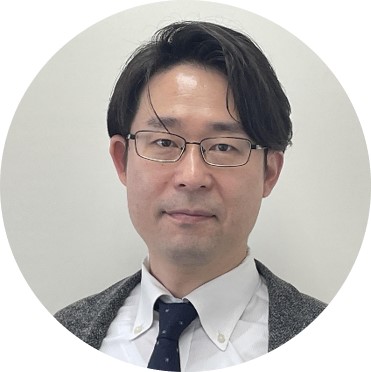
The specific requirements for the Zerospec smart oil sensors to connect at low-cost to a reliable network over long distances made the 0G Network an obvious connectivity choice. The ease of deployment, low-power sensors, minimal maintenance, and network availability helped assure the use case.Naoki Kawai, Division Manager, Wireless Solutions Division at KYOCERA Communication Systems Co., Ltd
How the smart oil sensors improved the efficiency of ENEOS SS Dealers’ delivery services
ENEOS SS Dealers were quick to see the operational and customer benefits of Zerospec’s solution.
In 2018, Zerospec, KCCS, and ENEOS began trialling smart oil sensors in Hokkaido and Tohoku. As of November 2023, Zerospec has deployed 30,000 sensors in 50 Hokkaido municipalities and 36 prefectures nationwide, enabling it to realise reduction in unnecessary deliveries.
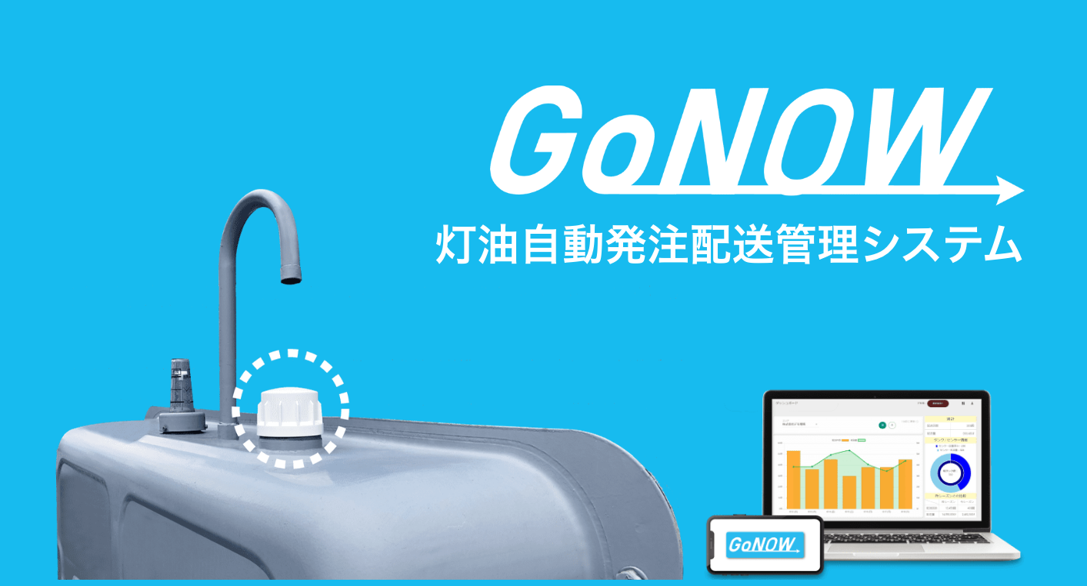
Reliable, data-driven insights into tank levels available on-demand let ENEOS SS Dealers better manage resources and costs to improve delivery efficiency, ensure profitable fuel supplies, and deliver excellent customer service through:
- Visual snapshots of customer refuelling history, needs, charges, and address details
- Customer location maps to plan the most optimal delivery route
- Automatic tank refill dates based on recent deliveries
There is also a bonus social benefit because, as Japanese service stations are consolidated into fewer locations, local communities may be unable to purchase kerosene directly. Automated tank readings mean every household will always have fuel.
Zerospec continues to develop value-added services for customers with features that further streamline fuel deliveries. For example, making customer orders available to delivery teams via a mobile app, and using past consumption data to help energy providers predict future demand and more profitably manage supply.
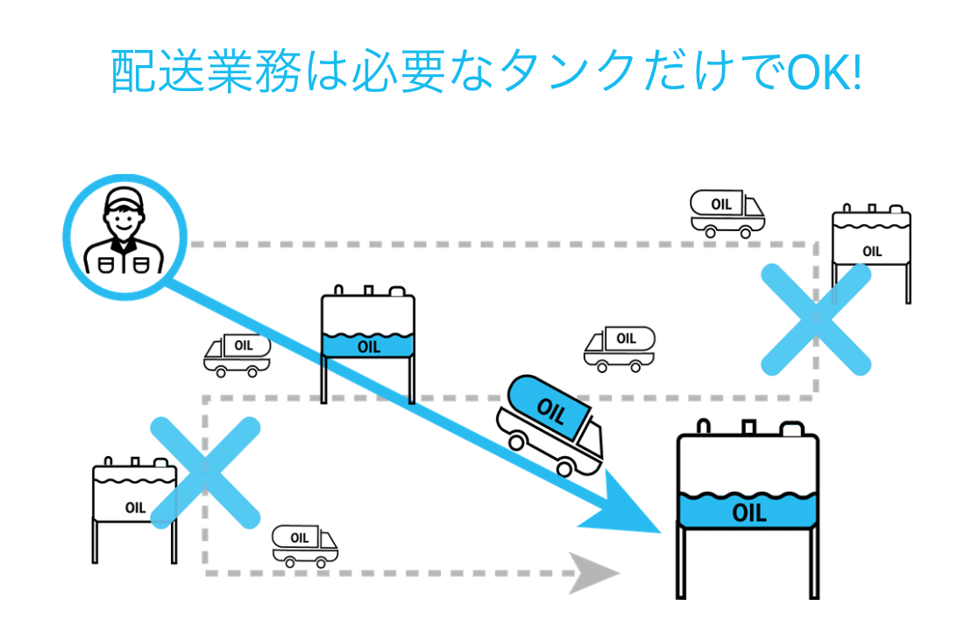
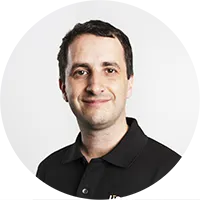
Monitoring tank levels is an ongoing operational issue for many utility and energy organisations. The Zerospec case study at ENEOS SS Dealers is an inspiring example of how the 0G Network can reliably connect even the “low tech” objects, such as a fuel tank, to capture and share data-driven stories leading to operational efficiencies that create better customer experiences and more efficient, sustainable commercial operations.Alexis Susset, Group Chief Technology Officer of UnaBiz
